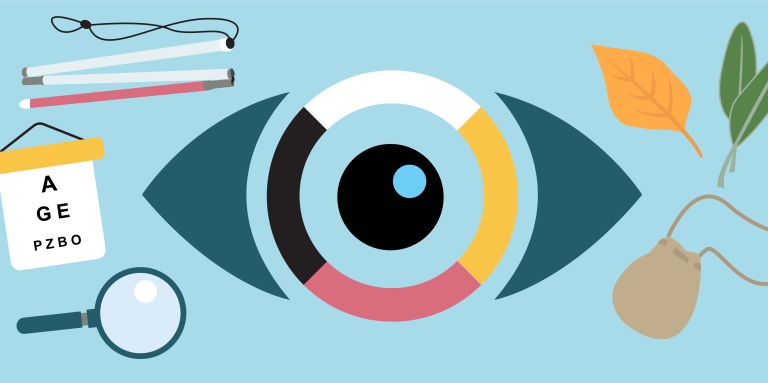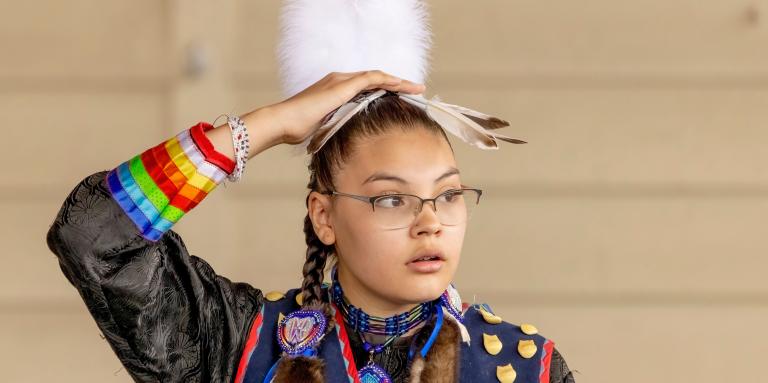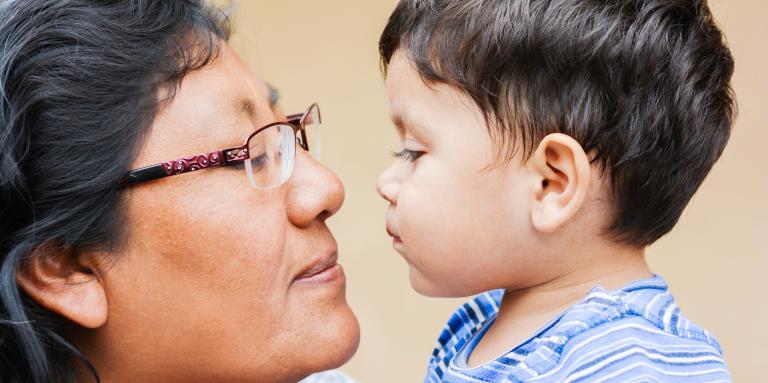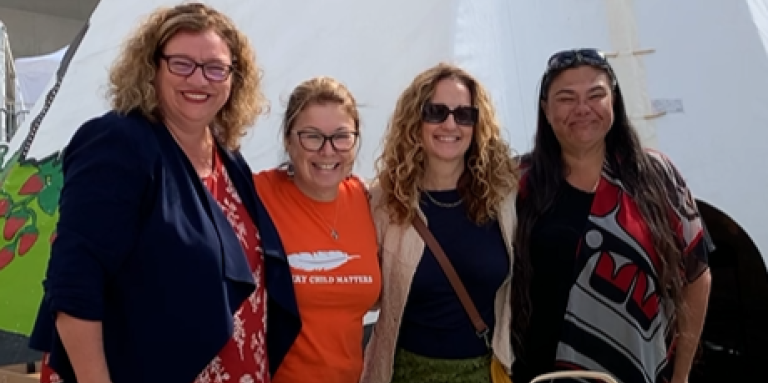Indigenous Health Care
Welcome to Vision Loss Rehabilitation Canada (VLRC). This webpage serves as a gathering place offering accessible information to enhance the holistic health and well-being of First Nations, Inuit, and Métis individuals and communities across Canada living with partial vision or blindness.
Here, you will find information on our reconciliation and Indigenization efforts, our land acknowledgement, and how we are actively addressing the Truth and Reconciliation Commission's Calls to Action. We invite you to explore resources on vision rehabilitation and obtain clear guidance for the Non-Insured Health Benefits Program.
We invite you to explore, connect, and access the support you need to live the life you want to live.

Reconciliation and Indigenization at VLRC
Reconciliation and Indigenization are not merely words; they are meaningful actions that reflect our commitment to supporting Indigenous communities.

Indigenous Health Care Services
Vision rehabilitation is a specialized process that helps individuals with vision loss to achieve and maintain skills to live their daily lives independently.

Non-Insured Health Benefits (NIHB) Program
Indigenous Services Canada operates the Non-Insured Health Benefits (NIHB) program, which was created to ensure eligible First Nations and Inuit clients have access to health benefits.

